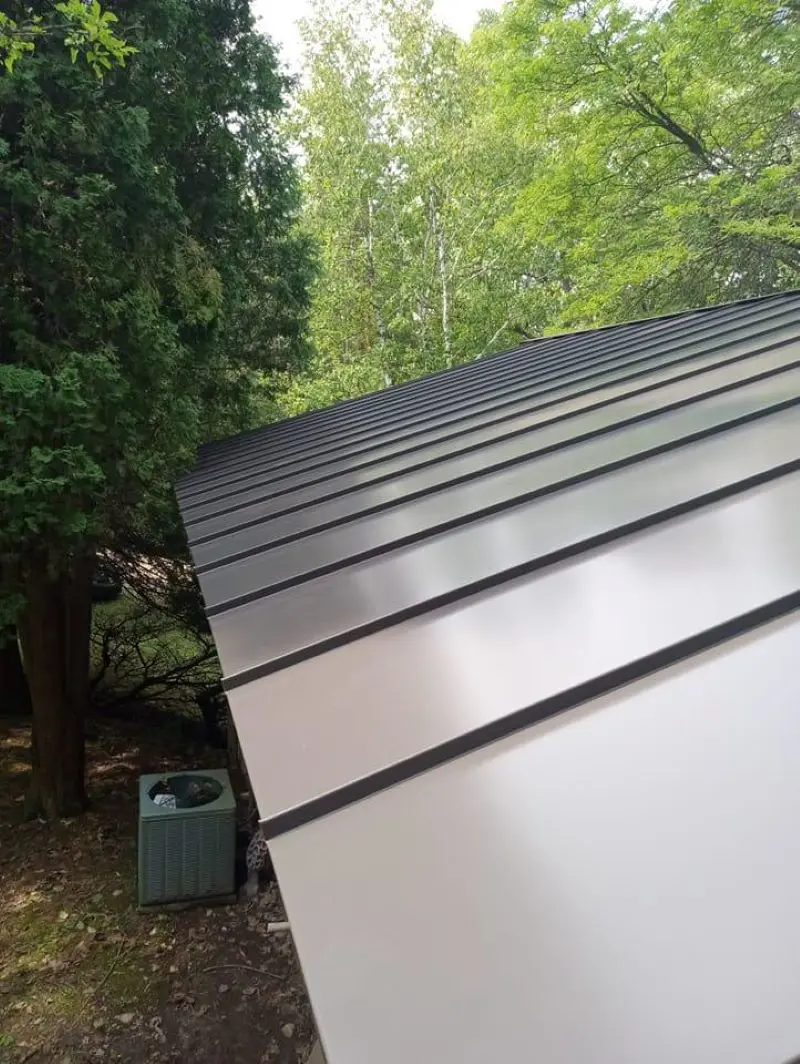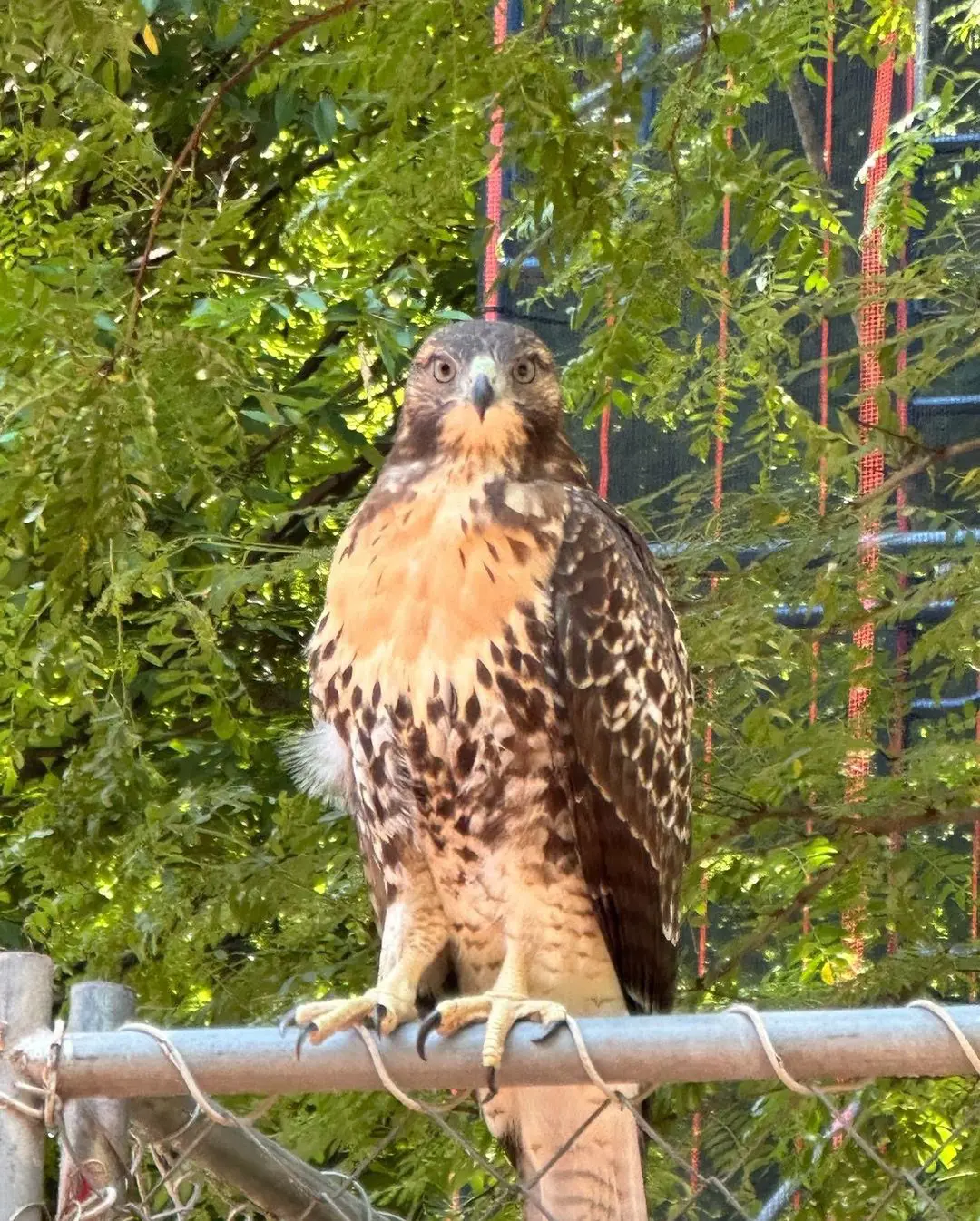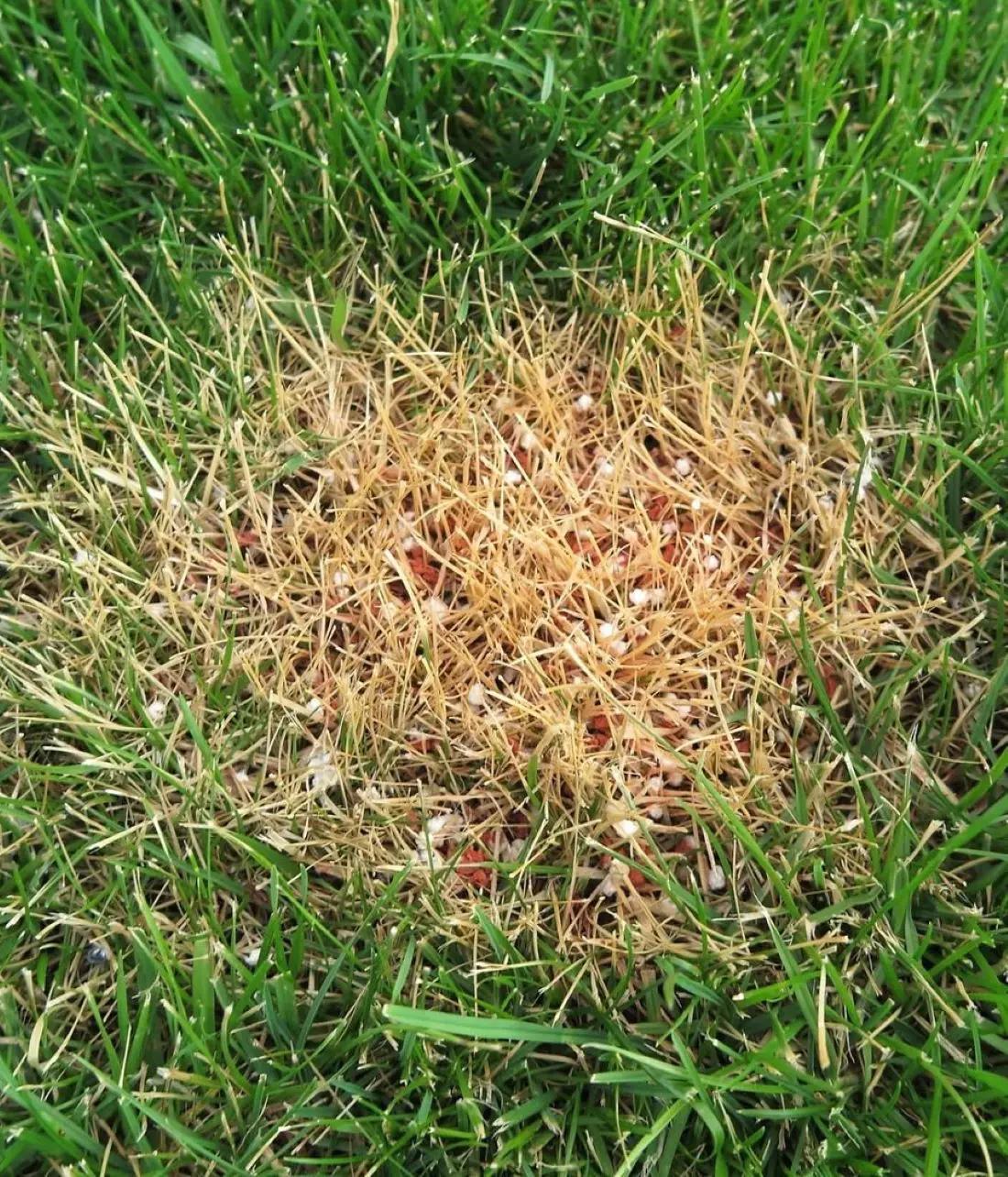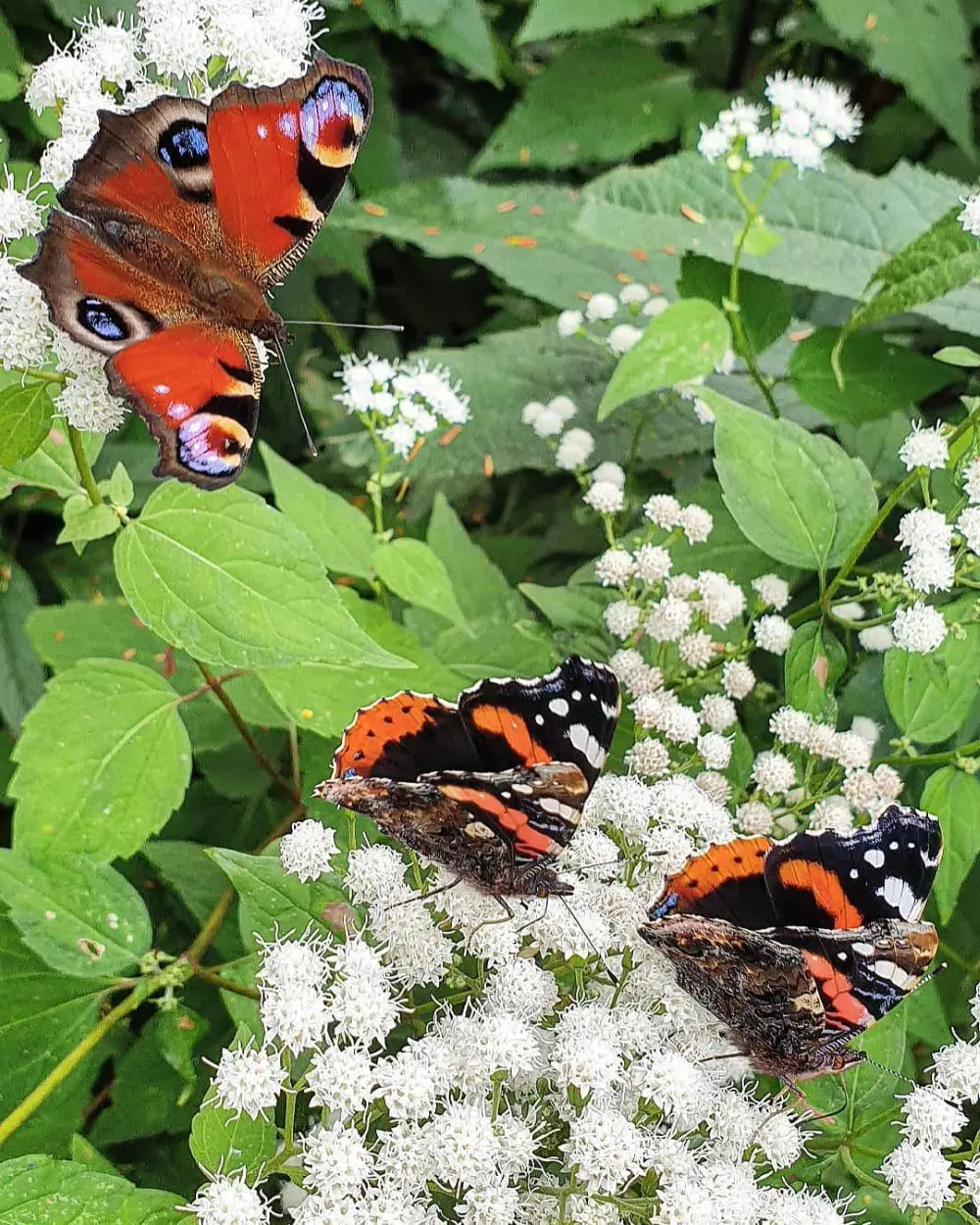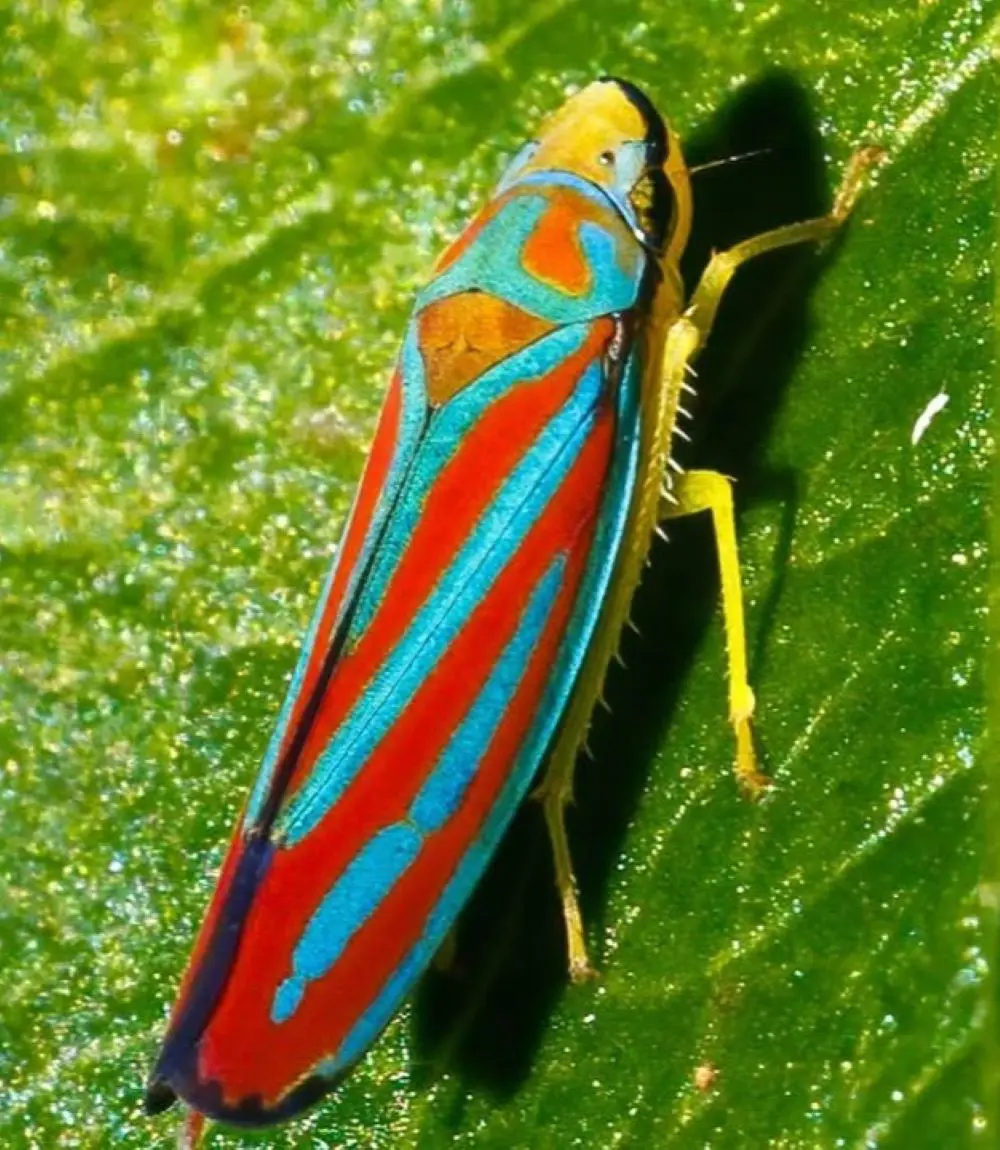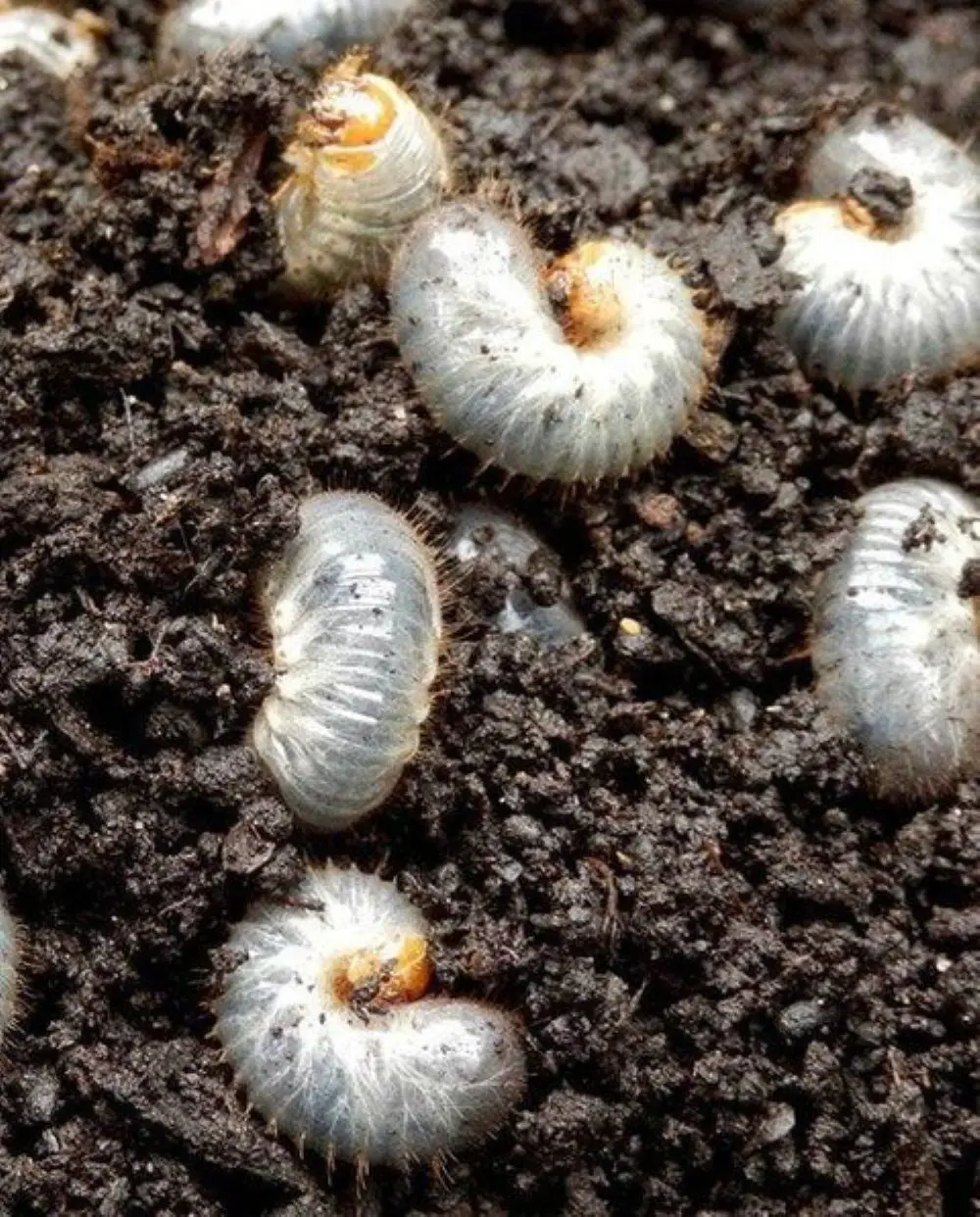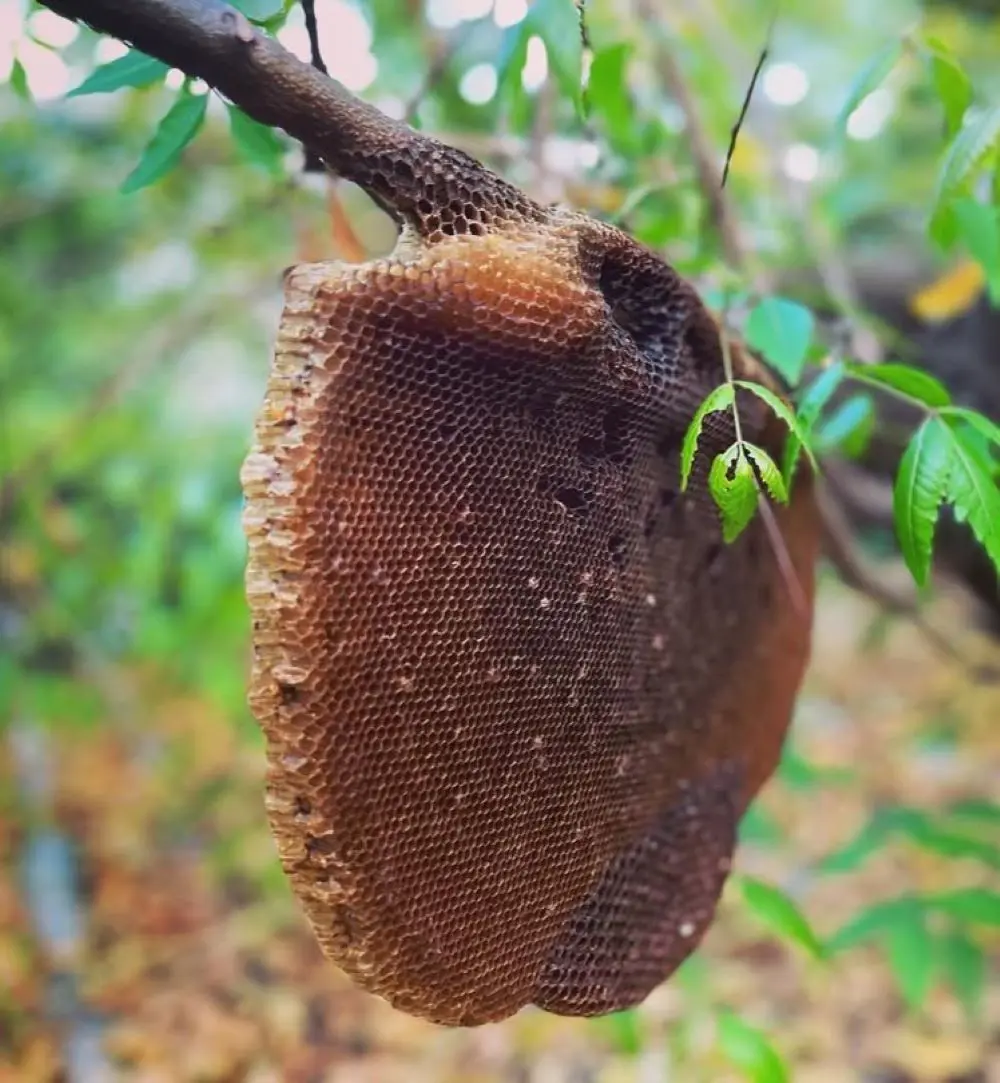Close Entrances
You should look for any openings or crevices in your house where squirrels could get in. Then, use strong materials to seal these openings, such as caulk or metal mesh.
Observe the eaves, vents, and rooflines closely. Secure closure of these entry points deters squirrels from entering your attic and building a nest.
Leave No Vegetation
You should maintain trimmed shrubs and tree branches away from your roofline. By keeping a safe distance between trees and your house, you can minimize the likelihood that squirrels will climb onto your roof, which they can do easily.
You can trim any vegetation that might act as a bridge to your attic or roof regularly. Additionally, to make sure that no new vulnerabilities have emerged, think about doing routine inspections.
By doing these things, you can help keep your house safe from future squirrel infestations and drastically lower the likelihood that they will re-enter your attic.
Don't Provide Food
You should get rid of any possible food sources in and around your house. Make sure you keep pet food and bird seed indoors and use tightly closed trash cans.
You can deter squirrels from staying on your property or trying to enter your home by taking away their easy access to food.
Repel Attic With Chemicals
When applying natural repellents in areas where squirrels are known to congregate, think about using cayenne pepper or peppermint oil. Squirrels dislike the potent smells of these substances.
Commercial chemical repellents made especially for squirrels are another option. To ensure that these repellents continue to work well at keeping squirrels away, reapply frequently, especially after rain.
Add Bird Boxes
Attract native predators to your property to assist in managing the squirrel population. Squirrels can be kept at bay by erecting owl nesting boxes or developing habitats that are beneficial to hawks and other predators.
By assisting in the management of the local squirrel population, these natural predators will lessen the possibility of an infestation in your house and maintain the ecosystem's natural balance.



